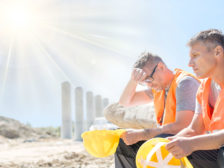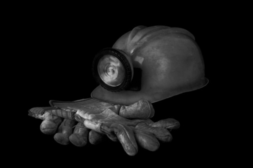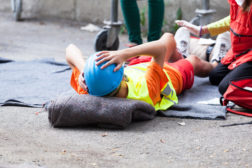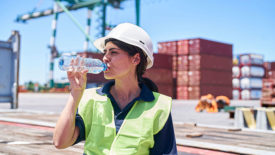Workplace Health
Initiative is in partnership with multiple agencies, including CDC, OSHA, NIOSH, NOAA
Read More
Legislators and labor leaders gather at Capitol Hill to advocate for heat safety
Experts lead “Heat Stress on the Hill” event in support of the Asunción Valdivia Heat Illness and Fatality Prevention Act
July 28, 2022
Cover Story
8 steps to a winning heat safety plan
Together, 30 experts create actionable solutions to reduce injuries
July 12, 2022
Never miss the latest news and trends driving the safety industry
eNewsletter | Website | eMagazine
JOIN TODAYCopyright ©2024. All Rights Reserved BNP Media.
Design, CMS, Hosting & Web Development :: ePublishing











